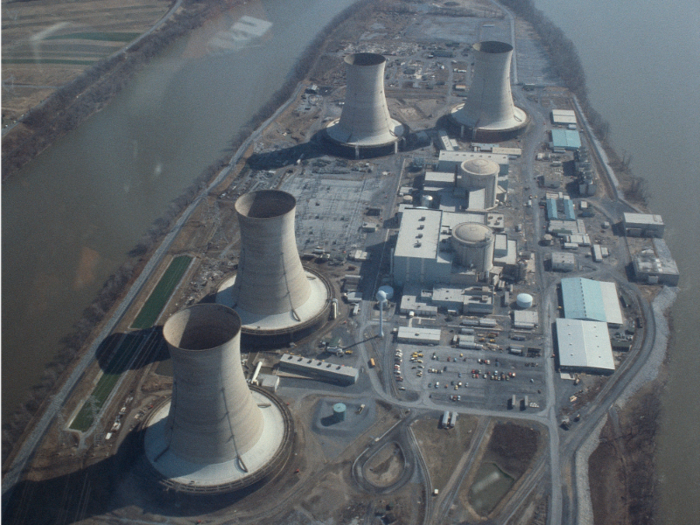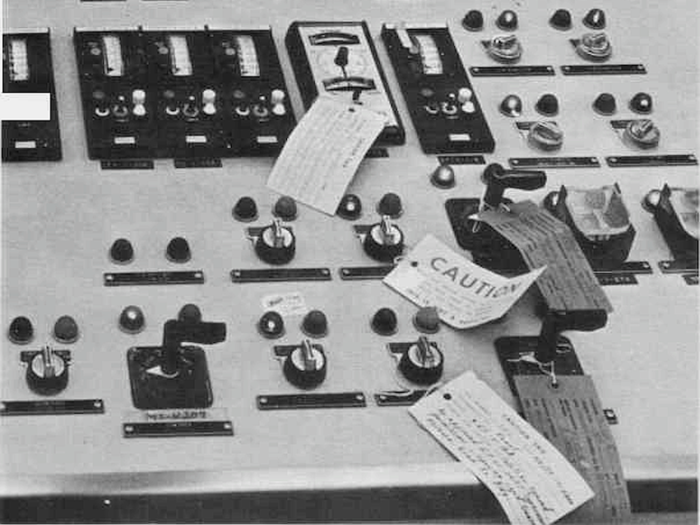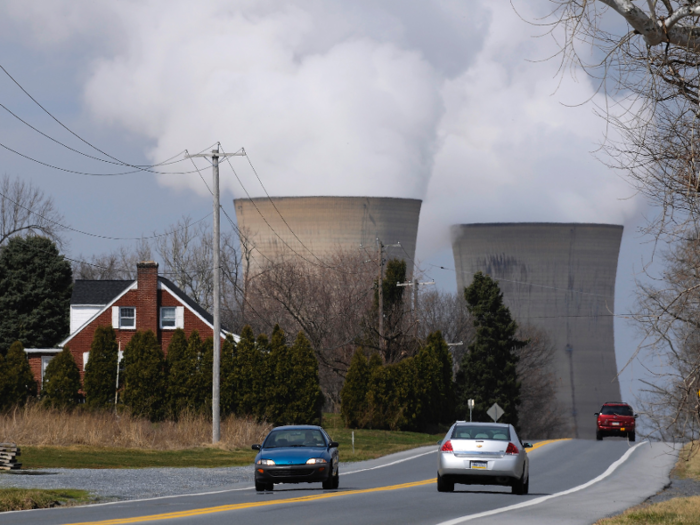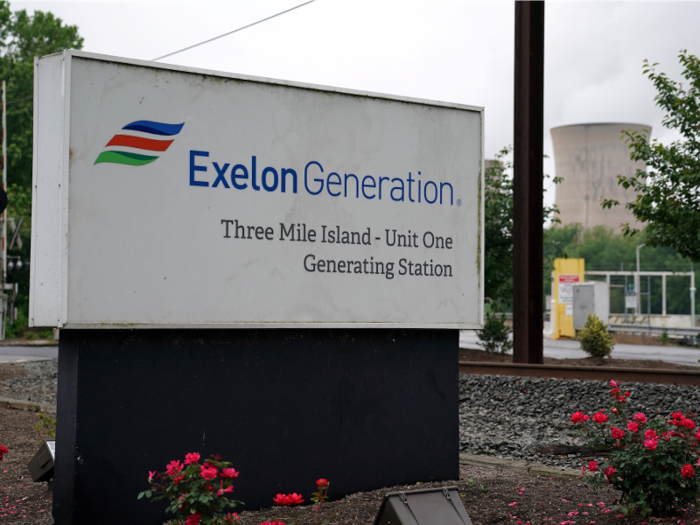- Home
- slideshows
- miscellaneous
- The Three Mile Island nuclear power plant is closing for good - here's what happened on the day of the worst nuclear disaster in the US
The Three Mile Island nuclear power plant is closing for good - here's what happened on the day of the worst nuclear disaster in the US
Early on March 28, 1979, a combination of electrical and mechanical malfunctions, as well as human error, unleashed dangerous radioactive gases into the environment around the Three Mile Island nuclear power plant in Pennsylvania. It wound up being the worst nuclear disaster in US history.

The island sits just outside of Harrisburg, Pennsylvania.
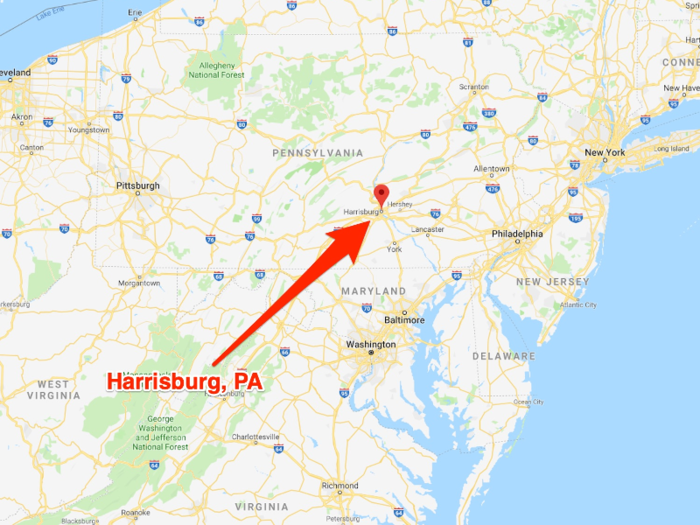
Three Mile Island was owned by utility company Metropolitan Edison at the time of the accident. The facility had two units, one of which is still operational. The other has been shut and sealed since March 28, 1979.
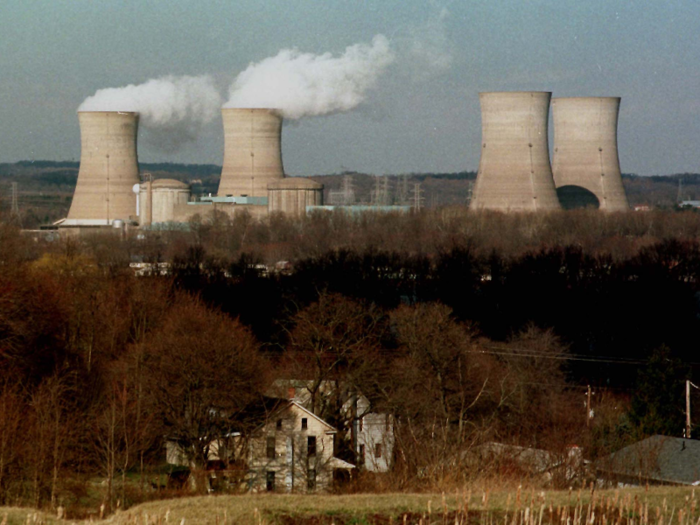
Source: The Philadelphia Inquirer
Holly Garnish, who lived in the nearest house to the Three Mile Island plant at the time of the accident, told the Washington Post that it all started with a loud roar that "shook the windows, the whole house."
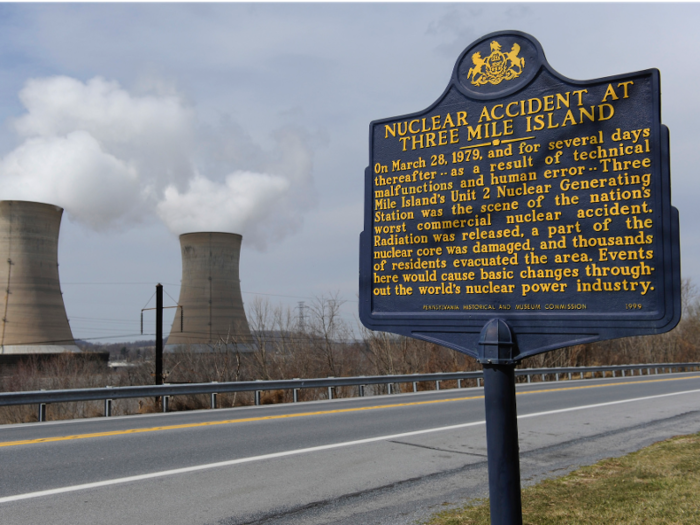
Source: The Washington Post
The pipe that pumped water into the second reactor, known as TMI-2, to prevent it from overheating stopped working. That caused the reactor core to boil.
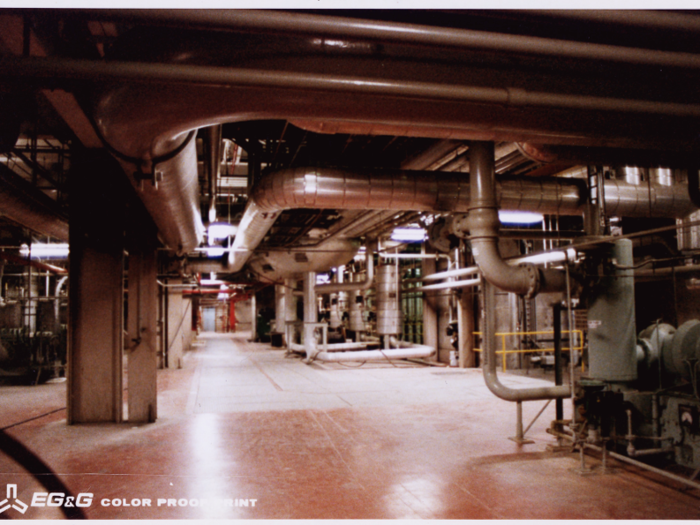
Source: Business Insider
Unaware of what had caused a problem, plant workers inadvertently made the situation worse by stopping further water flow to the reactor. So it kept overheating.
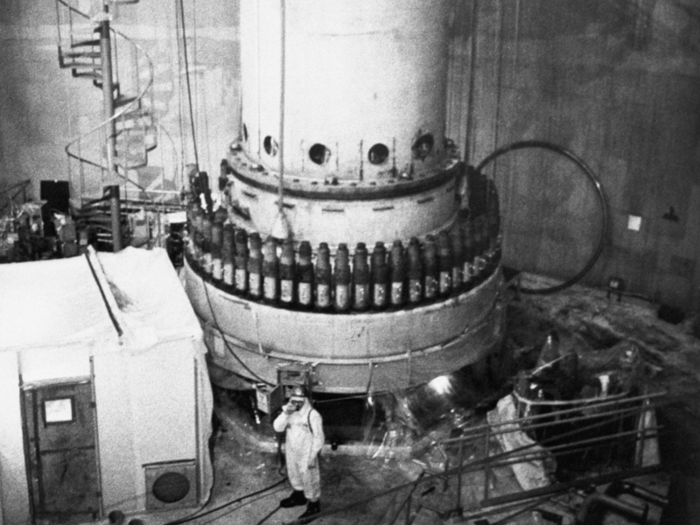
Source: History
About half of the reactor core melted from the overheated nuclear fuel, and about 20 tons of radioactive uranium poured out of the reactor core. It covered the steel floor and nearly burned through it.

Source: Business Insider
The melted fuel created a bubble of hydrogen inside the containment unit that could have caused an explosion.
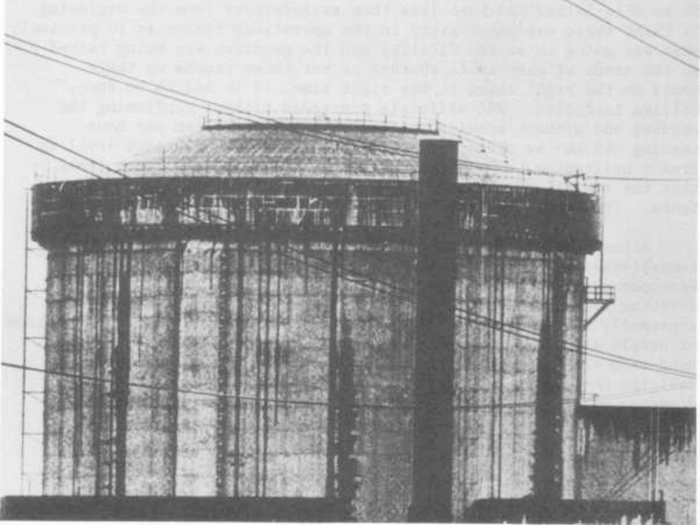
Source: History
Reactor personnel did not notify local and state officials about the situation until three hours after the initial malfunction.
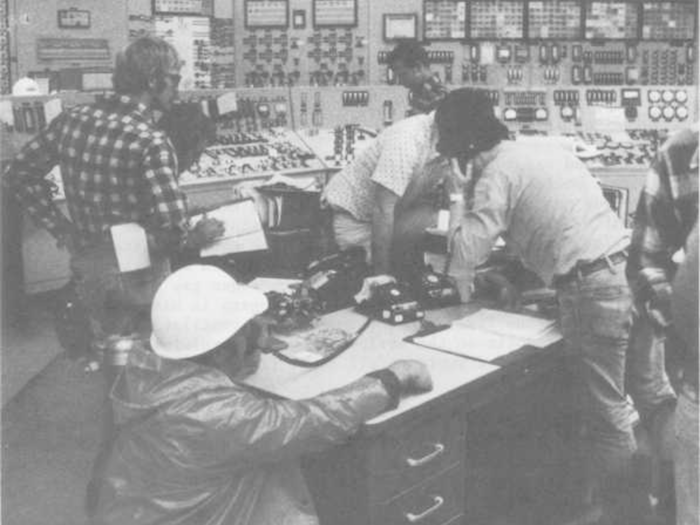
Source: History
CBS News anchor Walter Cronkite reported on the Three Mile Island crisis, calling it the "first step in a nuclear nightmare."
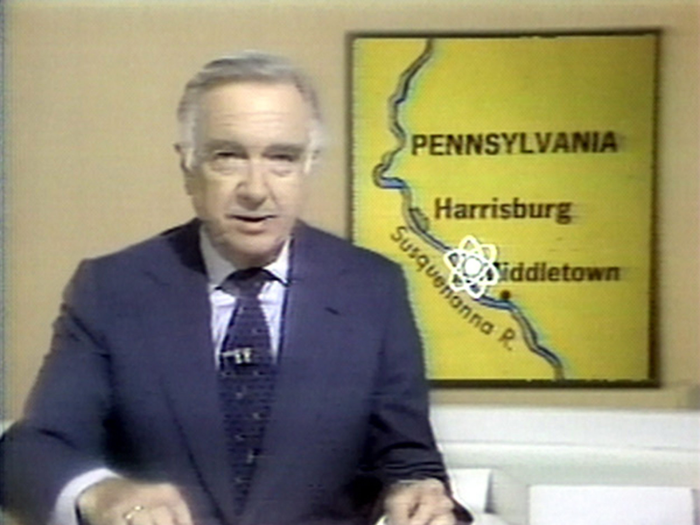
Source: The Washington Post
But the Three Mile Island nuclear crisis was a partial meltdown, not a full meltdown. So it could have been far worse.
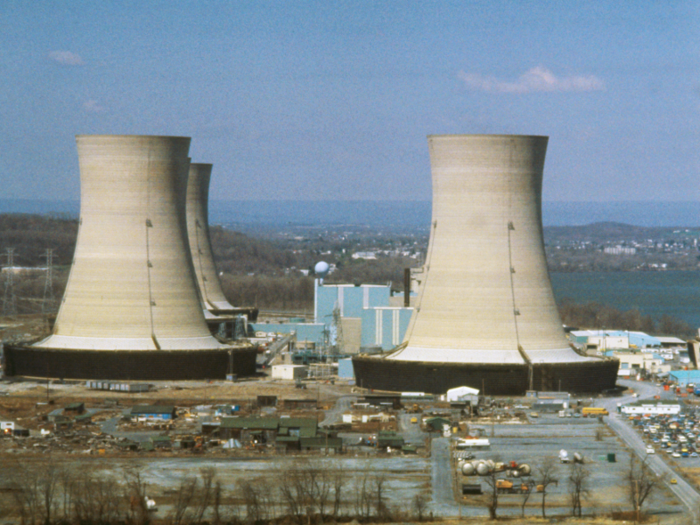
Other nuclear disasters, like Chernobyl in 1986 and Fukushima in 2011, are considered full meltdowns because the overheating caused the containment structures housing the reactors to split open. Those events released a much larger amount of radioactive material.
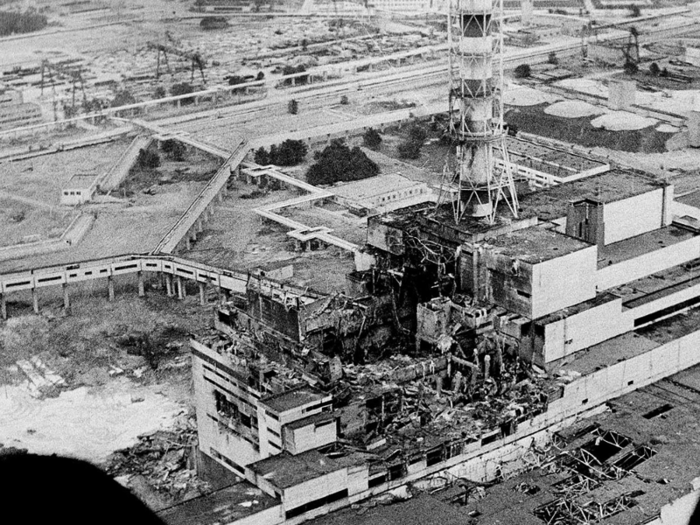
Source: Business Insider
Fortunately, nobody died because of the Three Mile Island accident. Officials declared a state of emergency, but no official evacuation process had been established for this kind of scenario.
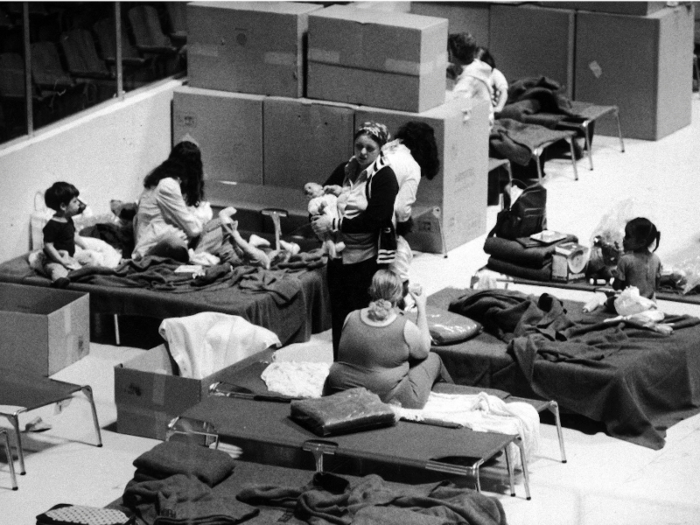
Source: History
Because of the lack of emergency planning, residents were unsure how to react and panicked.
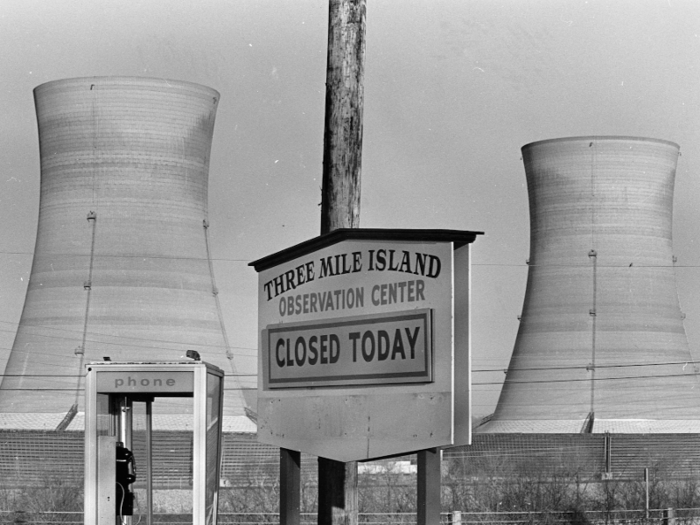
Source: History
Pregnant women and young children within a 5-mile radius of the plant were told to evacuate.
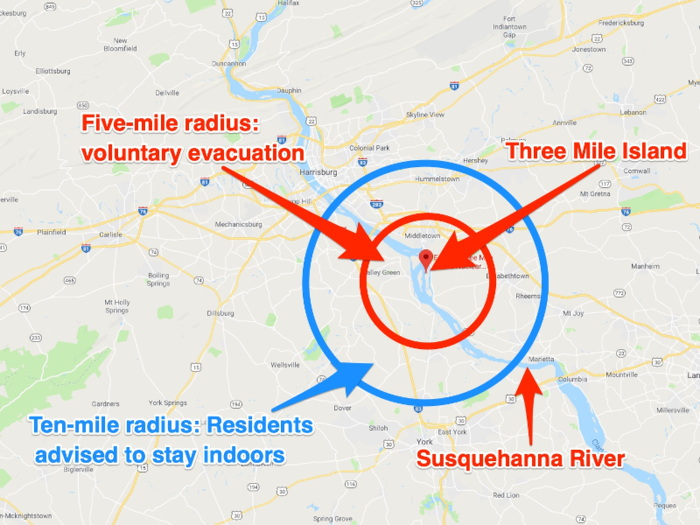
Source: History
Some stayed in makeshift shelters at local sports arenas and other venues until the evacuation order was called off on April 9.

Source: History
Evacuation orders aside, about 40% of people within a 15-mile radius of the plant evacuated themselves as worry spread.
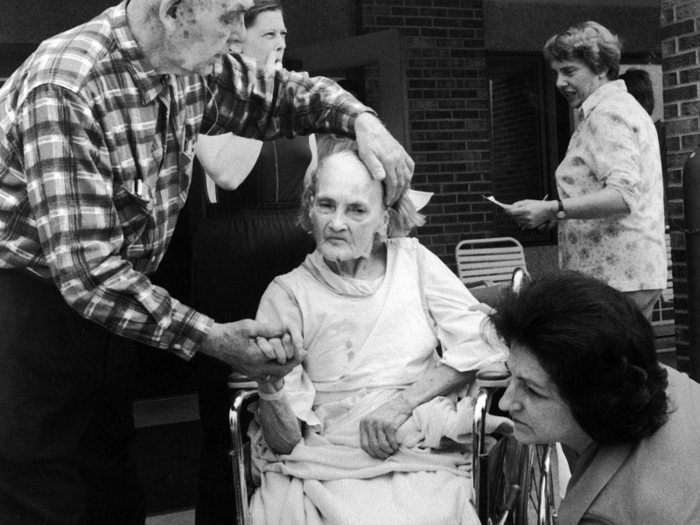
Source: History
"It was like something out of a horror movie," Christine Layman, who lived about 7 miles from the plant at the time of the incident, told The Philadelphia Inquirer. "No one knew what was going on."
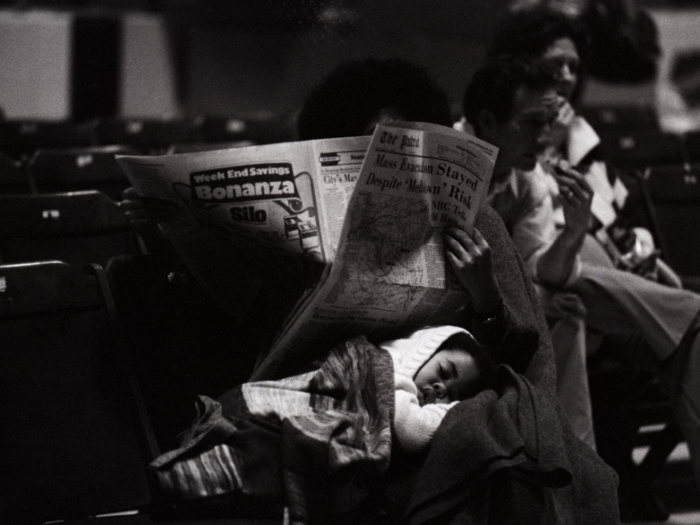
Source: The Philadelphia Inquirer
Local priests granted "general absolution," a religious term referring to the forgiveness of all sins in times of crisis.

Source: History
Evacuees clamored to withdraw funds from banks in the area on their way out of town.
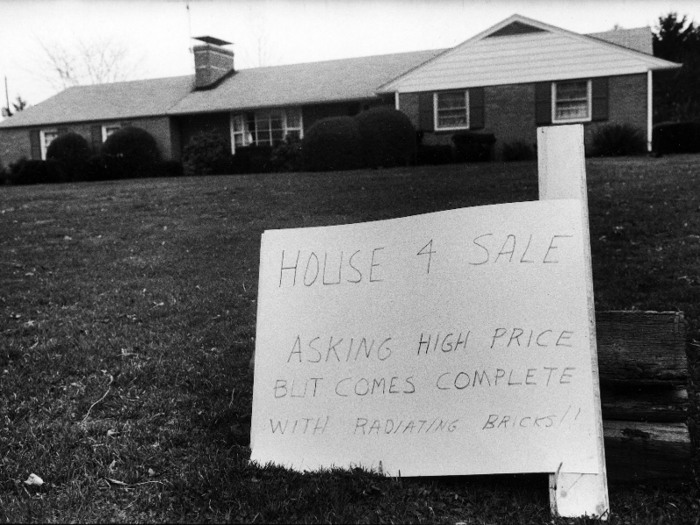
Source: History
Some communities in the surrounding area became temporary ghost towns as residents scrambled to distance themselves from the plant.
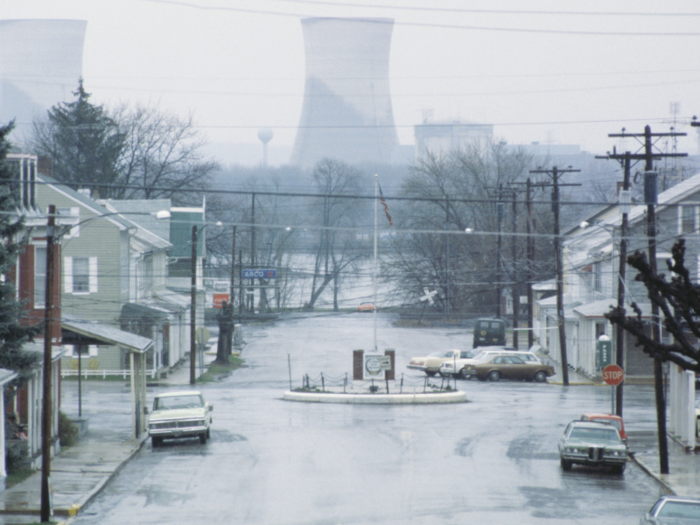
Source: The Philadelphia Inquirer
Two days after the accident, officials feared that the hydrogen bubble would burst, which could have led more radioactive material to leak into the surrounding environment.
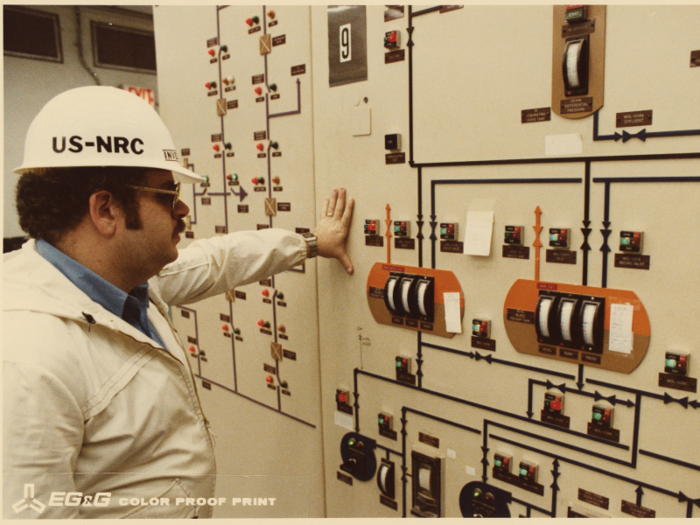
Source: The Philadelphia Inquirer
To prepare for the worst, officials considered evacuating over 600,000 people within a 20-mile radius of the plant.
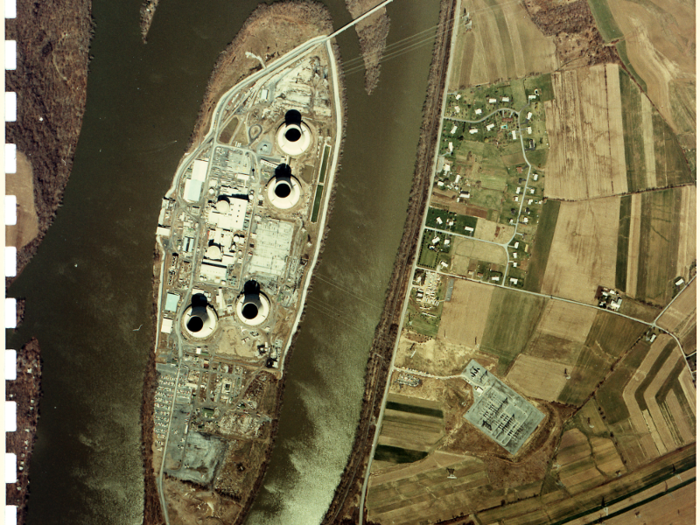
Source: History
But a few days after the accident, the bubble of hydrogen was determined to be stable.
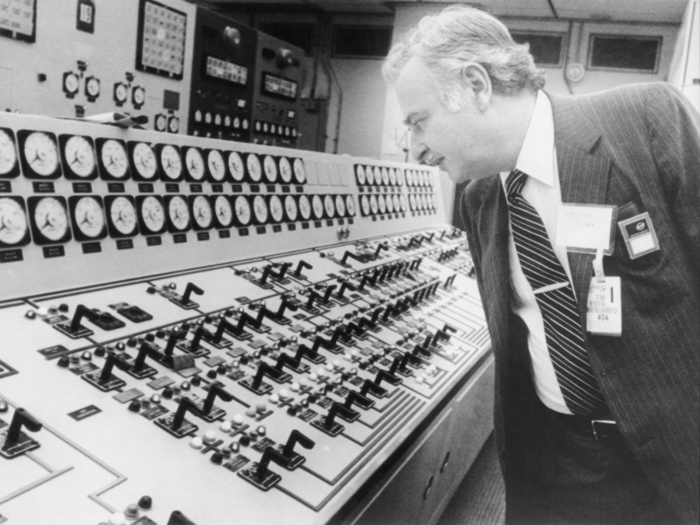
Source: History
In total, about 2 million people within a 50-mile radius were exposed to small amounts of radiation because of the Three Mile Island nuclear accident. According to the US Nuclear Regulatory Commission (NRC), the radiation exposure equaled that of a chest X-ray.
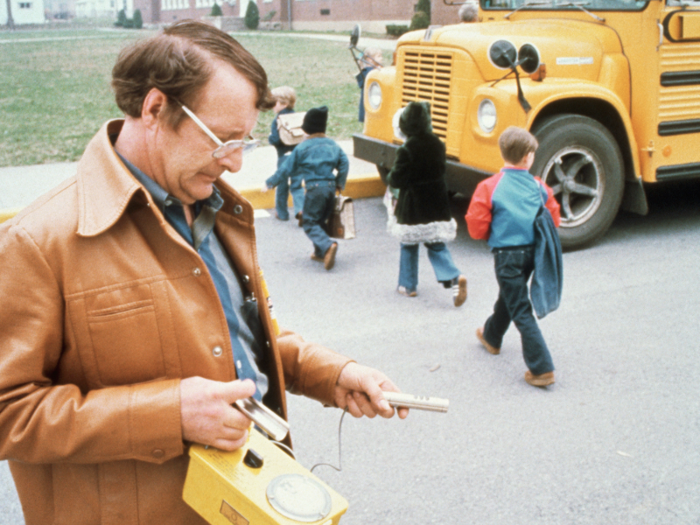
Source: The Philadelphia Inquirer
The process of cleaning up the reactor took 14 years and cost an estimated $1 billion. The reactor was damaged beyond repair and was sealed shut with concrete following the accident. Its neighboring reactor remained operational.
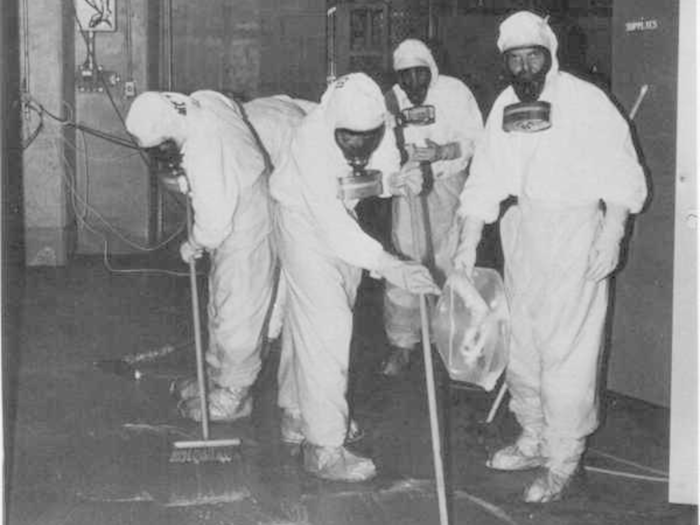
Source: History
In an eerie coincidence, a film called "The China Syndrome" about a fictional nuclear power plant disaster came out just 12 days before the Three Mile Island accident. The movie starred Jane Fonda and Michael Douglas.
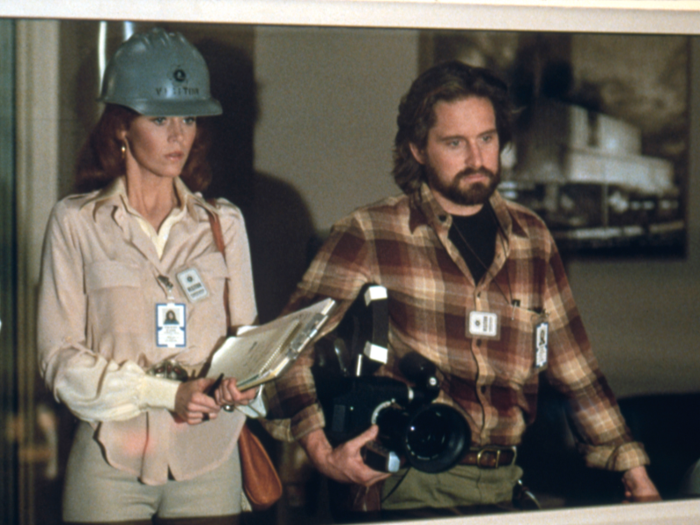
Source: The Philadelphia Inquirer
In the film, one character even says the fictional nuclear accident has the potential to "render an area the size of Pennsylvania uninhabitable" (though the disaster in the film takes place in California).
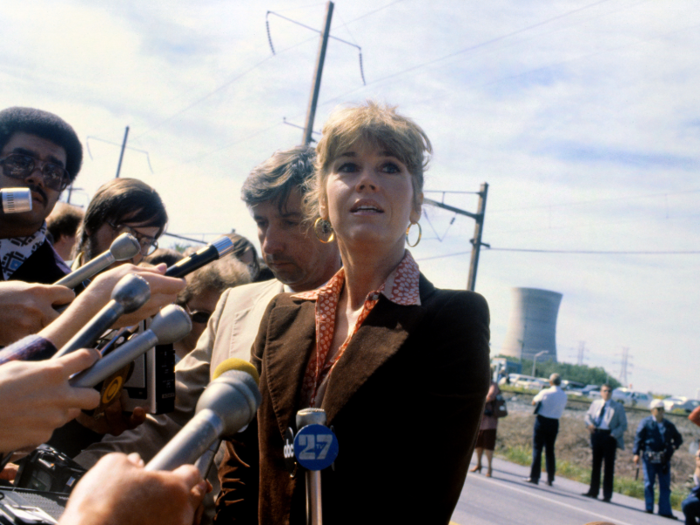
Source: The Philadelphia Inquirer
The movie's title, "The China Syndrome," refers to the idea that melted radioactive material could travel from the US all the way through the Earth’s core to China.
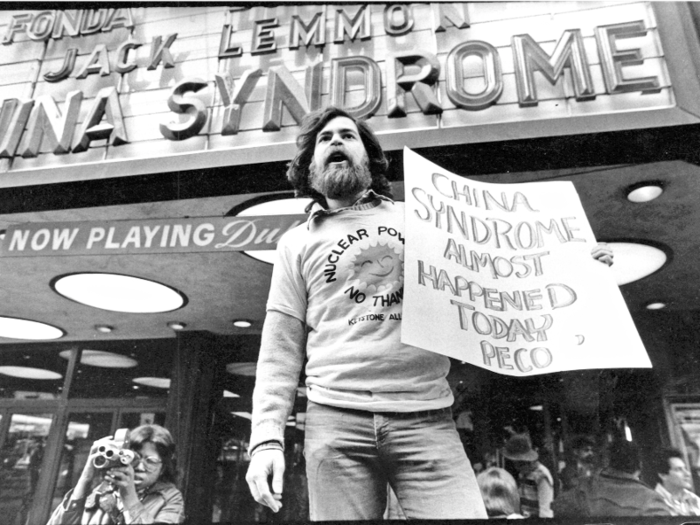
Source: The Philadelphia Inquirer
Nuclear-industry insiders scoffed at the premise at the time, saying it was almost impossible for reactors to overheat and experience such a nuclear meltdown.
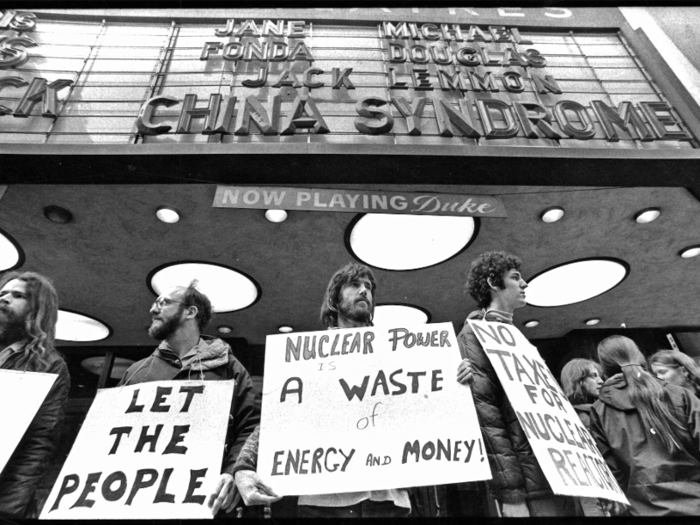
Source: History
But during the Three Mile Island crisis, reactor staff really did fear that the nuclear fuel could melt through the containment structure and seep into the ground (though not through the entire globe).
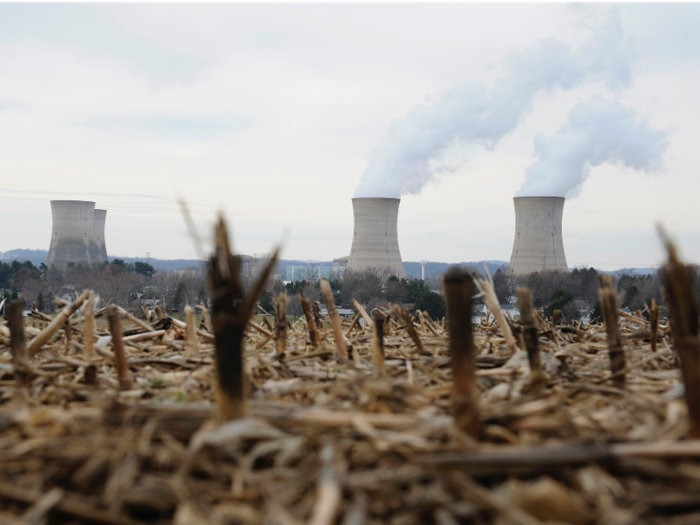
Source: The Philadelphia Inquirer
As with other nuclear disasters, the health impacts of the Three Mile Island nuclear accident are still debated.
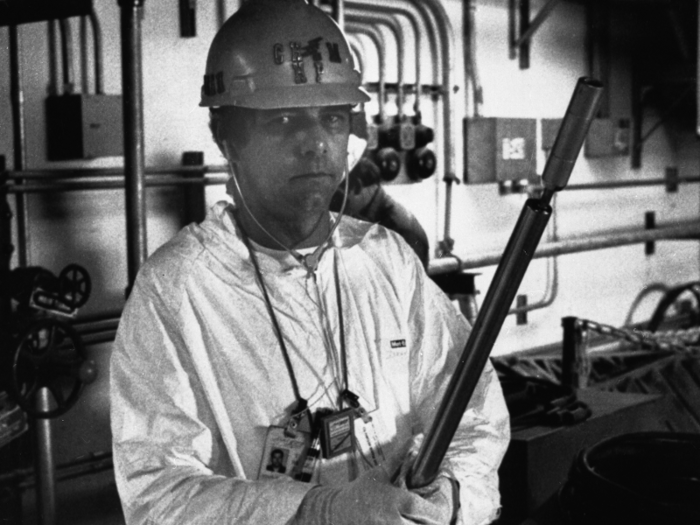
Source: USA Today and The Philadelphia Inquirer
The nuclear-energy industry, including the NRC, says the radiation in 1979 had no serious health consequences. The accident’s "small radioactive releases had no detectable health effects on plant workers or the public," the NRC website says.
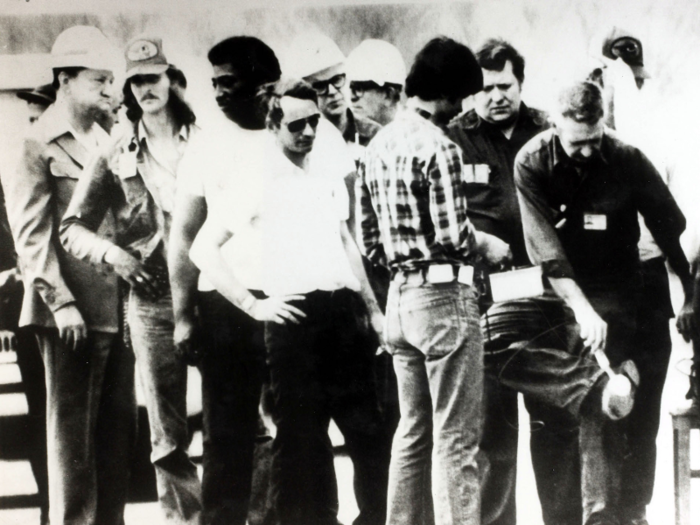
Source: US Nuclear Regulatory Commission
However, a 2017 study at Penn State Medical Center found a possible link between the 1979 nuclear accident at Three Mile Island and cases of thyroid cancer in nearby parts of Pennsylvania.
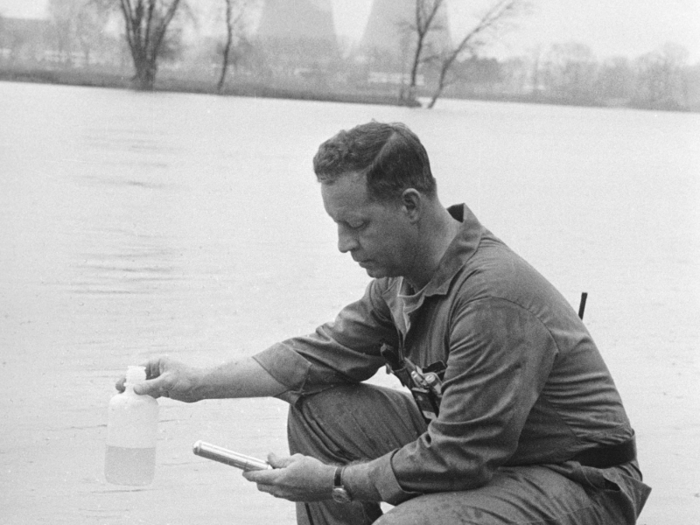
Source: USA Today and Penn State College of Medicine
The researchers behind that study relied on the same research method that was used after the Chernobyl nuclear disaster: They studied patients with thyroid cancer to see how many of them had a genetic mutation that makes them more prone to non-radiation-induced thyroid cancer.
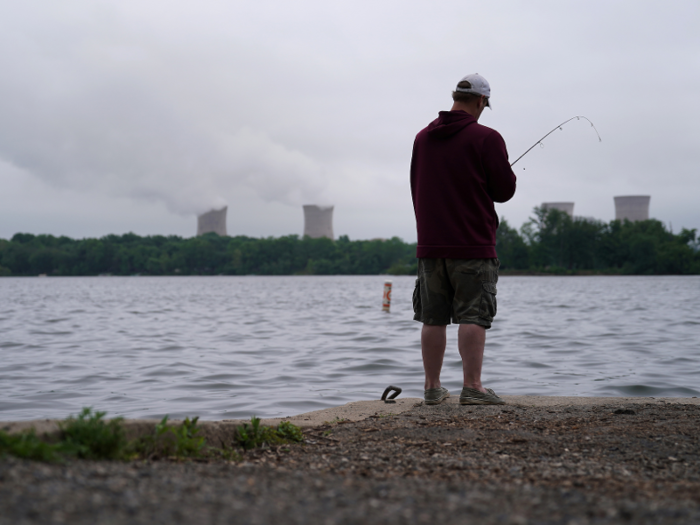
Source: USA Today and Penn State College of Medicine
Their results suggested that while 83% of thyroid-cancer patients in a control group had this mutation, only 53% of thyroid-cancer patients who'd lived in at-risk locations at the time of the nuclear accident had the mutation.
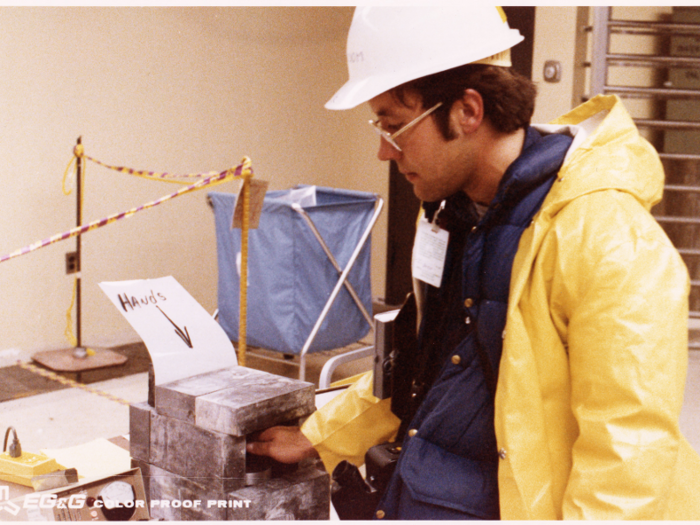
Source: Penn State College of Medicine
Regardless of the health effects, the accident certainly had an impact on the anti-nuclear movement in the US, which coalesced in response to the nuclear arms race of the Cold War.
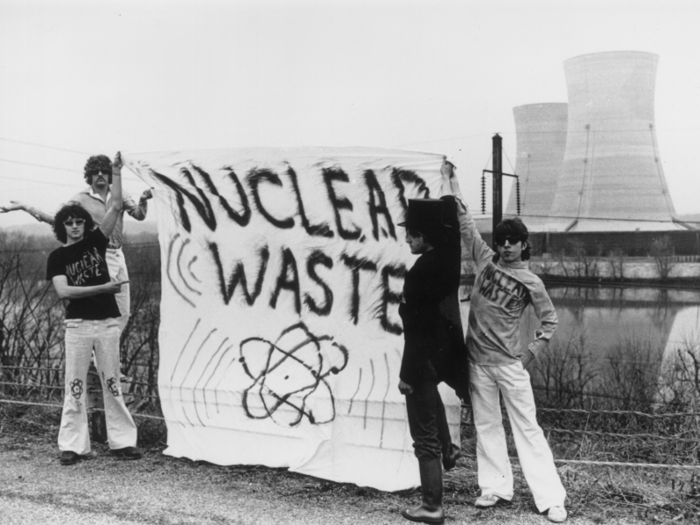
Source: History
Protests, both near the nuclear power plant and across the country, were held in response to the Three Mile Island incident.
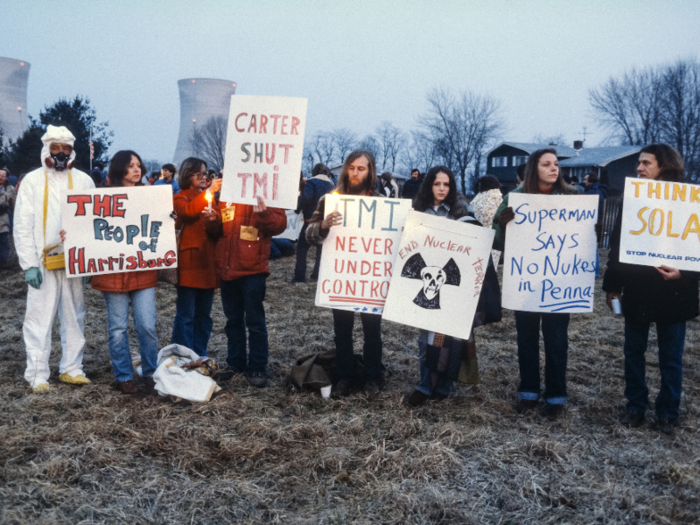
Source: History
Public support for nuclear energy dropped following the Three Mile Island crisis, from 69% in 1977 to 46% in 1979.
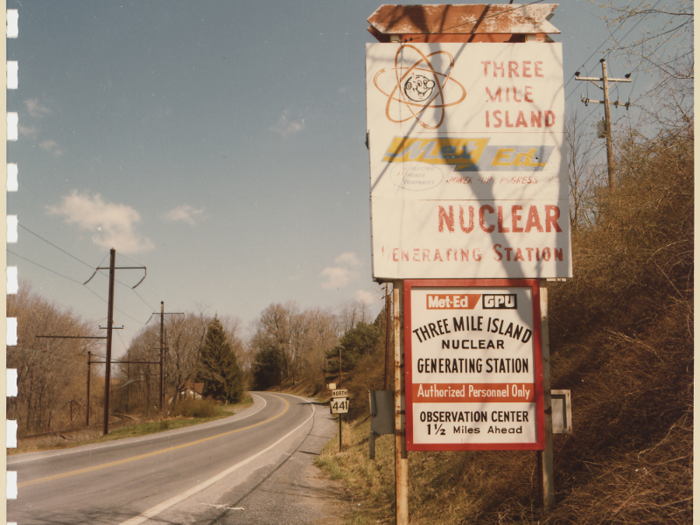
Source: History
Following the accident, regulatory changes were made for nuclear-plant operations in the US to mandate improved safety controls and emergency response plans.
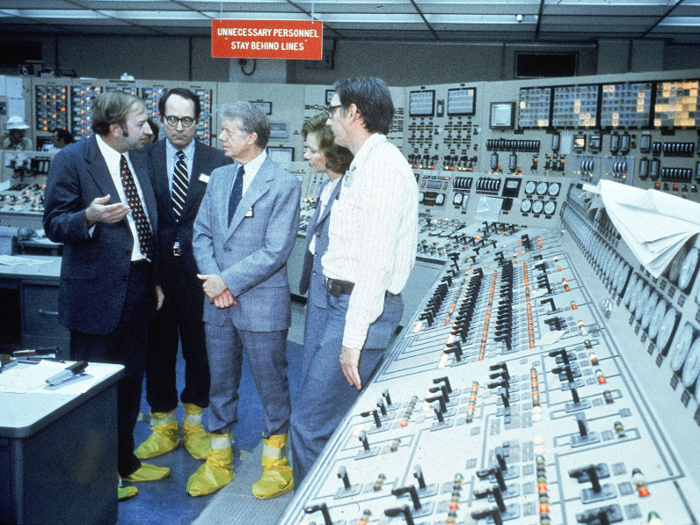
Source: History
Because of the new rules, the process of designing and building new nuclear power plants became longer and more costly. Since the Three Mile Island accident, no new nuclear plants have been built in the US.
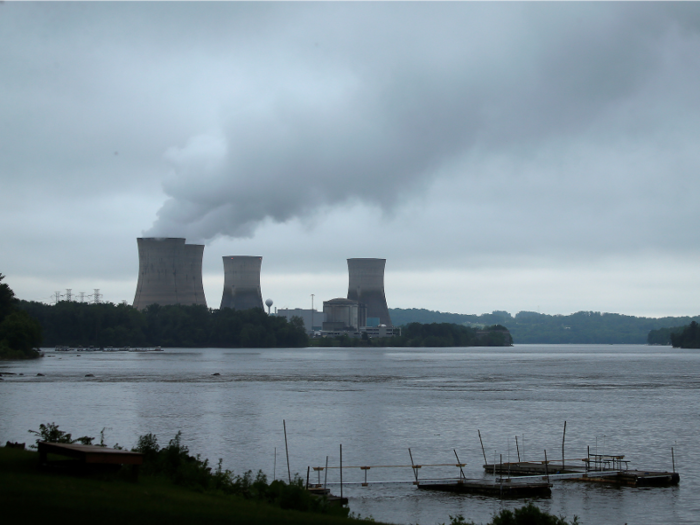
Source: History
The 1979 disaster aside, nuclear power plants in the US have also struggled due to competition from power plants that rely on natural gas.
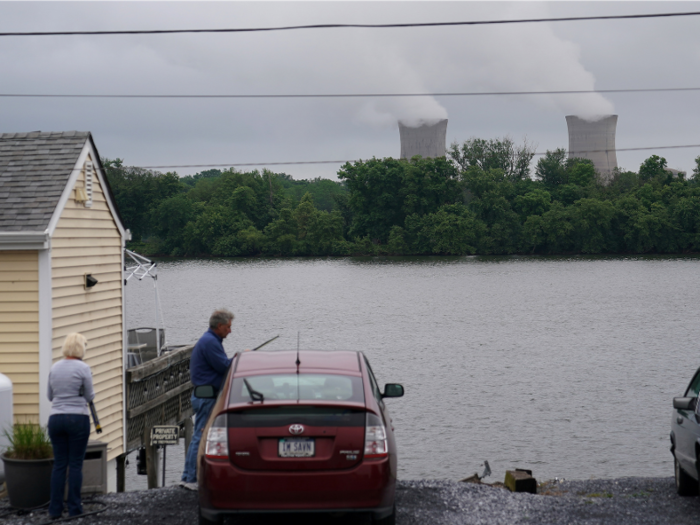
Source: Business Insider
But the accident, of course, made the Three Mile Island plant's struggle unique.
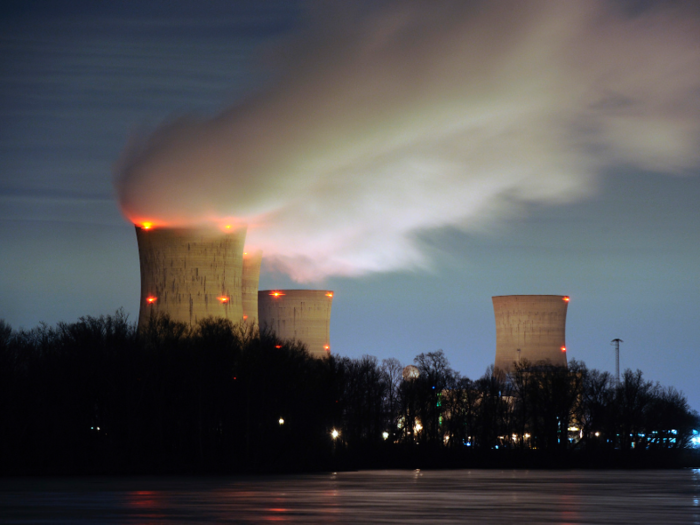
Source: Business Insider
Popular Right Now
Advertisement
